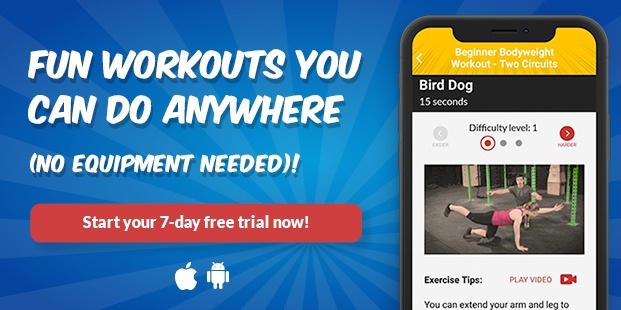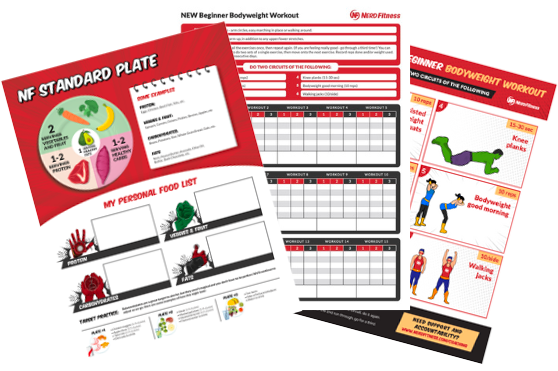
You’re here because you want to learn how to improve your flexibility.
Well, you’ve arrived at the right place!
We work one-on-one with our clients to help improve general mobility. Today, we’ll share with you the 3 best exercises to do so.
If you’ve always considered yourself “inflexible,” you need this guide!
Here’s what we’ll cover today:
- What are the 3 best flexibility exercises? (Intro and Benchmark Test)
- Tips and tricks for increased flexibility
- How to Improve Your Flexibility: Week 1
- How to Improve Your Flexibility: Week 2
- How to Improve Your Flexibility: Week 3
- How to Improve Your Flexibility: Week 4
- Next steps for becoming more flexible
I promise you, if you follow the videos in our guide, you will be more flexible in 30 days.
What Are the 3 Best Flexibility Exercises? (Intro and Benchmark Test)
The above video comes from Nerd Fitness Prime, kicking off our 30-day challenge “Flexibility for the Inflexible.”
In it, Nerd Fitness Coach Matt discusses the tools he uses for improving mobility with his clients.
The 3 Best Exercises to Improve Flexibility:
- The Toe Touch
- The Back Scratch
- The Butterfly Stretch
Let’s go over each of these moves now.
#1) Toe Touch
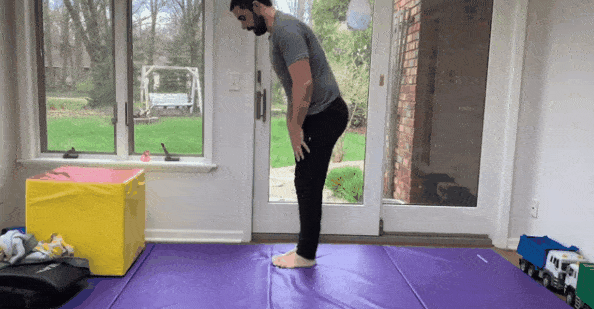
To perform a standing toe touch:
- Stand straight with your legs about hip-width apart. You want your legs to be straight, but don’t aggressively lock out your knees either (this feels like a “microbend” to a lot of people).
- Begin by bending and leaning forward towards the ground with your quads (front of your legs).
- Let your body rest naturally, as if you were a ragdoll. Keeping your hands relatively close together, straighten your fingers and begin to stretch down slowly to the ground.
The goal here, ultimately, will be to touch your toes.
We also have a complete guide on How to Finally Touch Your Toes for more.
#2) Back Scratch
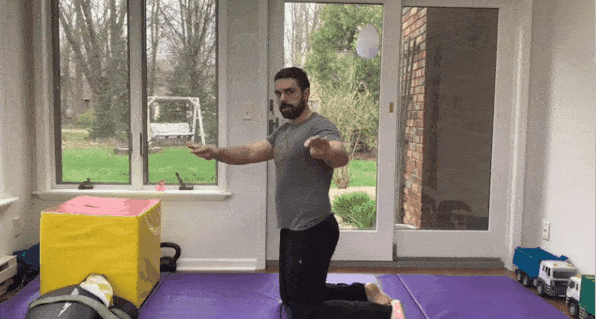
To perform a back scratch:
- Take a comfortable seat (or stand), with your torso and back tall.
- Tuck your thumbs inside of your fist.
- Place your right hand behind your head, down back over your shoulder. Reach as far down the middle of your back as possible, palm facing you.
- Your other arm (left) is going to go behind and up, with your palm facing away. Reach this hand toward your upper hand (don’t strain).
- Switch arms and reverse the moment.
Over time, we are going to work to bring your hands closer together.
#3) Butterfly Stretch
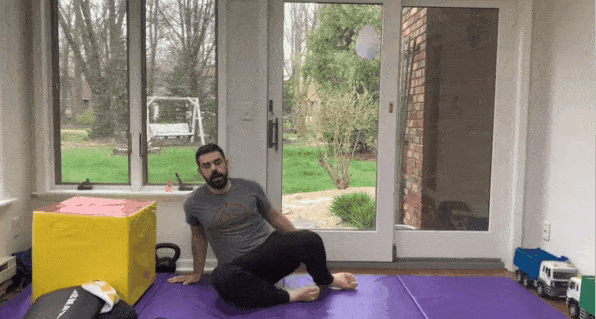
To perform a butterfly stretch:
- Take a seat, with your legs facing out in front of you.
- Bring both of your front feet together, with the bottoms touching, by bending your knees away from each other.
- Grab both feet with your hands, with your elbows coming down toward your knee (they don’t have to touch).
- Keep your back straight, and allow your knees to come down (if they can, don’t force it).
The goal here will be to bring your knees lower and feet closer to your groin, but don’t fret if this is challenging. Even Coach Matt has trouble with butterfly stretches.
Why these three exercises?
Coach Matt refers to the toe touch, back scratch, and butterfly stretch as “benchmarks.”
If you have decent mobility in these three exercises, you’re probably pretty flexible.
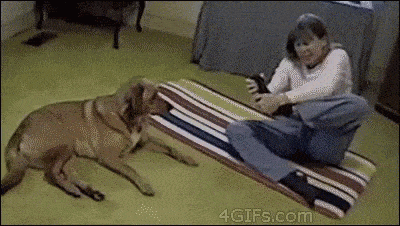
Improving these will be our mission for the next 30 days!
Each week, Coach Matt will provide three different video routines with exercises designed to target these specific benchmarks.
So in Week 1, you’ll find a video for:
- Toe Touches
- Back Scratches
- Butterfly Stretches
You can do these videos all at once if you want, or break them up throughout your week.
Maybe you do a routine Monday, Wednesday, and then on Friday.
We’ll end this guide with some tips on starting a recurring practice.
At the end of our 4-week series, we’ll check in, to see how everything is coming along.
Here’s what we need you to do right now: record where you are with these moves.
- How far down can you reach with your toe touch?
- How far apart are your hands during the back scratch?
- How close are your feet and how high up are your knees during the butterfly stretch?
Coach Matt recommends a few ways to measure these benchmarks in the introductory video above, but even some subjective tracking would be useful:
“On a scale of 1 to 10, this move was tough, so I’d give it an 8.”
Don’t forget about this initial tracking, even if you don’t have a measuring tape. Just go through the initial benchmark tests the best you can.
Before we jump into the series itself, let’s discuss some general tips and tricks for improving flexibility.
Tips and Tricks for Increased Flexibility
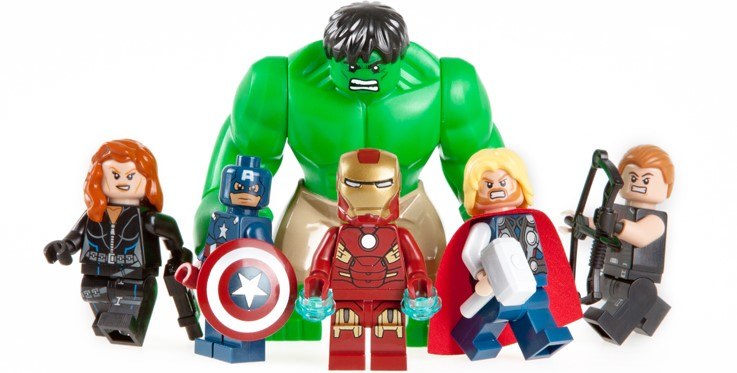
First and foremost, all bodies are different.
You might have a great range of motion in your back scratch, but can’t get much range on your toe touch. Or maybe you’re like Coach Matt, where butterfly stretches are challenging.
Our goal here is to improve YOUR flexibility. We’ll all have different mobility ranges on Day 1.
All of us have to start somewhere, so don’t stress if you feel inflexible…
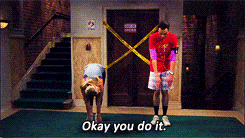
…that’s why you’re reading this guide.
No matter what, by going through this process, you’ll learn more about your body and develop tools for increasing your range of motion.
Next up…
Coach Matt highlights two general ways to increase your flexibility:
- Function. This is your technique and awareness of your flexibility. Think of this as maximizing the potential of your current body.
- Structure. This would be your body itself, and the range of motion of muscles, tendons, etc. Structure is about changing your body itself through these flexibility exercises.
You’re probably not going to increase the structural flexibility of your body after one stretching session. These things take time
However, you very well may increase your flexibility by improving your function or technique. As you go through the videos, Coach Matt will offer instructions on how to position your body for proper stretching.
This alone may very well increase your range of motion.
We’ll also be using three specific movement tools for improving flexibility:
#1) Active Range of Motion
This would be doing the complete movement of an exercise, fluidly.
So a normal bodyweight squat would be an active range of motion if you did the entire movement:
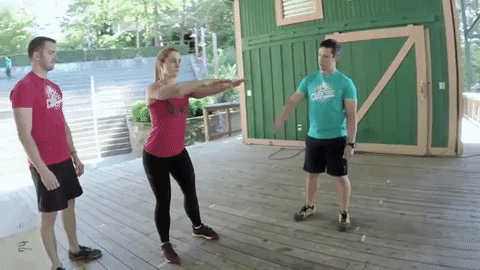
By going all the way down and back up with your squat, your muscles are engaged evenly throughout.
#2) Pulses
This movement has you stopping at a particular point of an exercise, like the bottom of a squat, and slowly and in control, pulsing slightly up and down:
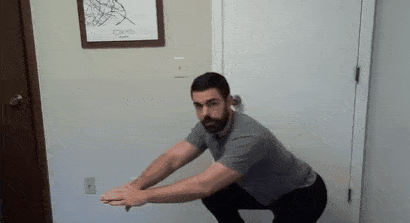
You’re really only moving about an inch here for your pulses.
This will help you gain control of that particular area.
#3) Holds
As the name would suggest, here you’ll hold the position at a specific point of the exercise.
For example, for your squats, you may pause at the bottom of the movement:
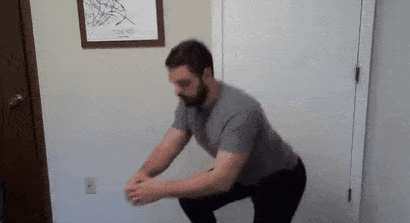
This can help you grow stability during a particular stretch.
During the course of the next four weeks, we’ll be utilizing a combination of active range of motion, pulses, and holds, to increase your flexibility.
How to Improve Your Flexibility: Week 1
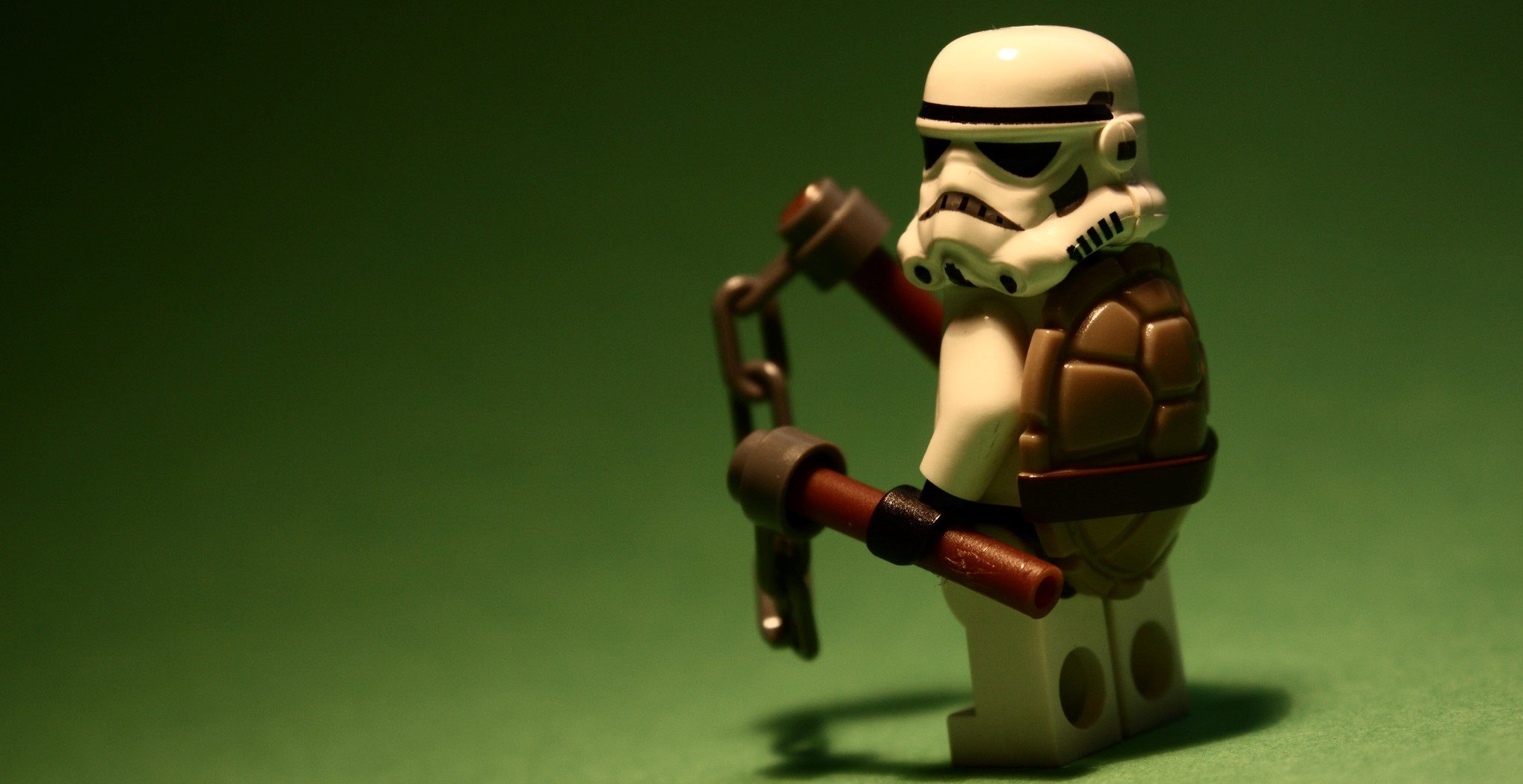
For our first week, Coach Matt is going to start us off slow.
Here, it’s all about learning the foundations of the movement.
To increase flexibility, it often comes down to properly setting up the stretch.
We’ll begin by teaching you the basics.
Toe Touch Week 1:
Back Scratch Week 1:
Butterfly Series Week 1:
How to Improve Your Flexibility: Week 2
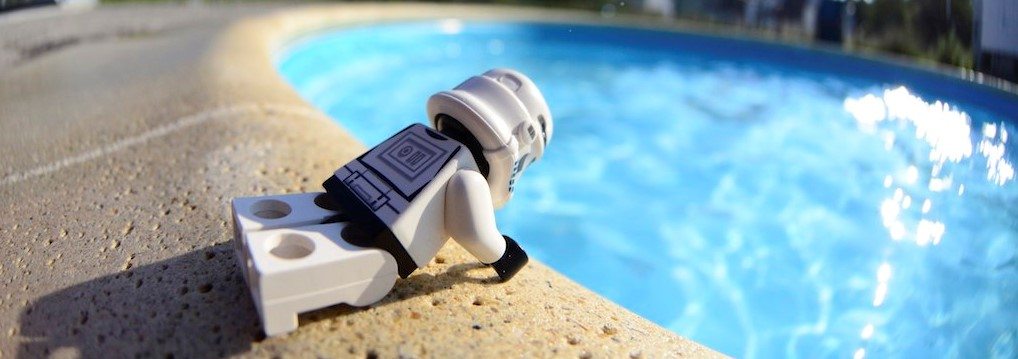
This week, we’re going to identify the edge of your flexibility.
We won’t push or strain ourselves too much, but we’ll use our breath as a sign of difficulty.
The goal here is to understand how flexible you may actually be (you might be able to reach farther than you think).
However, as Coach Matt will continuously reminds, if it feels unsafe, DON’T DO IT!
Toe Touch Week 2:
Back Scratch Week 2:
Butterfly Series Week 2:
How to Improve Your Flexibility: Week 3

In Week 3, it’s all about exploring and expanding your flexibility exercises.
We’ll be testing your movements and begin thinking about ways to “go off the rails” a little here and there.
In our third round of exercises, you’ll begin changing, adapting, and remixing the moves to increase your range of motion.
With flexibility, some creativity can be a good thing, which will be your focus for this stage.
Toe Touch Week 3:
Back Scratch Week 3:
Butterfly Series Week 3:
How to Improve Your Flexibility: Week 4

In the last week of “Flexibility for the Inflexible,” it’s all about building strength.
Muscle will help you hold and expand mobility positions, so this week Coach Matt covers exercises designed to couple strength with your flexibility.
We’ll even mix in some weights into your routine here.
Toe Touch Week 4:
Back Scratch Week 4:
Butterfly Series Week 4:
Next Steps for Becoming More Flexible
The video above is a “re-cap party” with Coach Matt, ending the 30-day Flexibility for the Inflexible challenge we ran for Nerd Fitness Prime members.
Let’s go over some highlights.
#1) Continue to test and retest your flexibility benchmarks.
That which gets measured gets improved, so continue to track your toe touch, back scratch, and butterfly stretch.
Remember, these tests don’t need to be some precise measurement rounded to the nearest millimeter (although if you want to do that, have at it).
Instead, they can be subjective:
“This is really tough, I can’t bring down my knees at all.”
to…
“I could probably sit like this for 15 minutes.”

Don’t stress out over how precise your measurements are, but do keep a record of how these stretches feel. It’ll help us know if you’re improving.
#2) Use your breath as a guide.
Breathing can often be a signal of excretion levels:
- If your breath is calm and normal, what you’re doing is within your comfort range.
- If you’re huffing and puffing a lot, or even holding your breath, you’re probably exerting yourself too much.
As Coach Matt highlights, during your flexibility exercises, don’t push too far past your comfort zone.
Yes, we should find your edge, but we also want you to feel in control during your stretches so you can really “own” the movement.
If you find yourself having to catch your breath, it could be a sign you’ve gone too far.

Be mindful of your breathing during our flexibility exercises.
#3) You don’t have to stretch every day.
You probably noticed that we provided three 20 minute videos per week to help improve your flexibility.
This was intentional, because you don’t have to stretch every day to increase your range of motion.
Truth be told, you don’t even need to do 20-minute sequences three times a week to improve flexibility. Even just 10 minutes of flexibility exercises a couple of times per week could improve your mobility.
Just make it habitual.
To do so, you can continue to follow the videos in this guide, or I have some other resources for you to check out.
Here are three more guides for improving your flexibility:
- 21 Yoga Poses for Beginners. Yoga can be a great practice to improve your flexibility. If you’ve never tried it before, check out our guide. We’ll provide video sequences designed for beginners, so don’t worry if you have no clue what a downward dog is. We’ll teach you.
- Three Full-Body Stretching Routines to Cool Down. After a workout, a good stretch can be the perfect way to lower your heart rate. Our guide will offer you three different routines to perform after your workout (or whenever) so you can start improving your flexibility.
- How to Touch Your Toes. Since the toe touch is the go-to benchmark to see how flexible you are, we have a complete guide on getting you there. If you’ve always dreamed of being able to reach your little piggy wiggies, start here.
The most important thing you can do now?
Get to it!
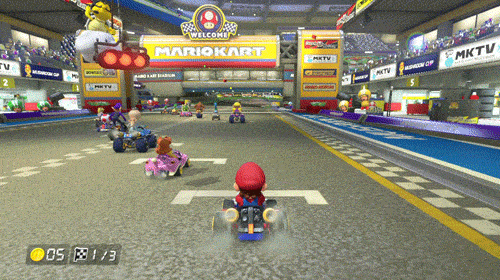
You’re not going to get any more flexible by reading articles online, so pick a sequence from today and get going!
Start with the Flexibility for the Inflexible Week 1 videos if you’re unsure where to begin.
If you like our style here at Nerd Fitness, I have three great options on how you can continue your journey with us:
Option #1) If you want a professional coach in your pocket, who can do video form checks, provide feedback, and adjust your workouts based on your experience level, check out our 1-on-1 Online Coaching Program!
For example, let’s say you have an old injury and couldn’t perform one of our flexibility exercises. A Nerd Fitness Coach can work with you to create a customized routine for your exact situation.
Personally, I’ve been working with the same online coach since 2015 and it’s changed my life. You can learn more by clicking on the box below:
Option #2) Exercising at home and need a plan to follow? Check out Nerd Fitness Journey!
Our fun habit-building app helps you exercise more frequently, eat healthier, and level up your life (literally).
Plus, you can take part in flexibility challenges alongside a group of nerds who are all trying to better themselves!
Try your free trial right here:
Option #3) Become part of the Rebellion! We need good people like you in our community, the Nerd Fitness Rebellion.
Sign up in the box below to enlist and get our Rebel Starter Kit, which includes all of our “work out from home” guides.
Alright, now I want to hear from you!
Did you try our “Flexibility for the Inflexible” series?
Did you find any of the exercises easier or harder than the others?
Any tips or tricks to help the “inflexible”?
Let me know in the comments!
-Steve
P.S. Personally, I’ve found a yoga practice to be incredibly helpful in improving my mobility.
You can read A Nerd’s Guide to Yoga to get started.
###
Photo Source: Evgeniy Pavlovski © 123RF.com, LEGO Marvel Avengers, Teenage Mutant Ninja Trooper, Maybe the droids we’re looking for are at the bottom of this pool, Hold onto your hat, Monkey King

